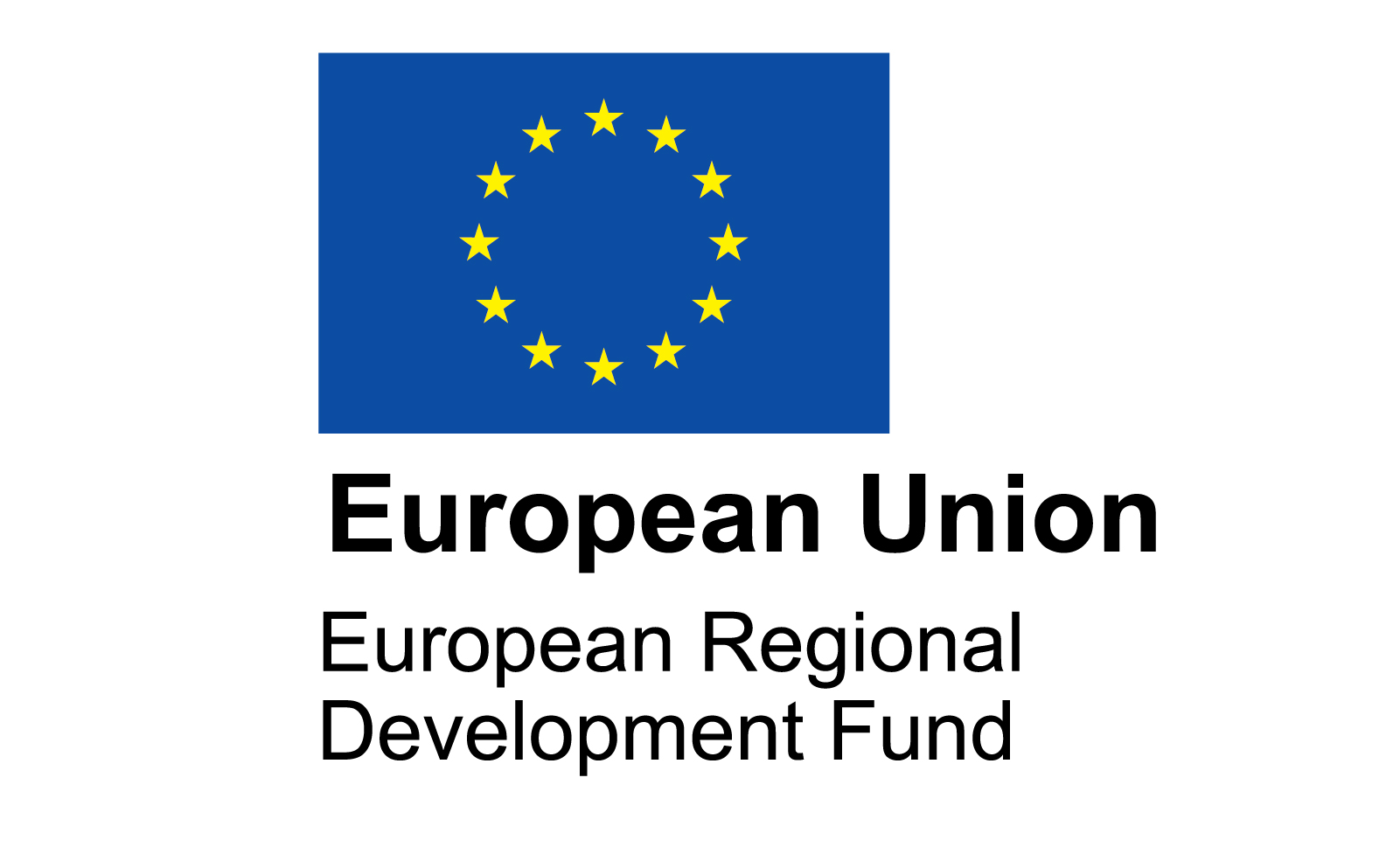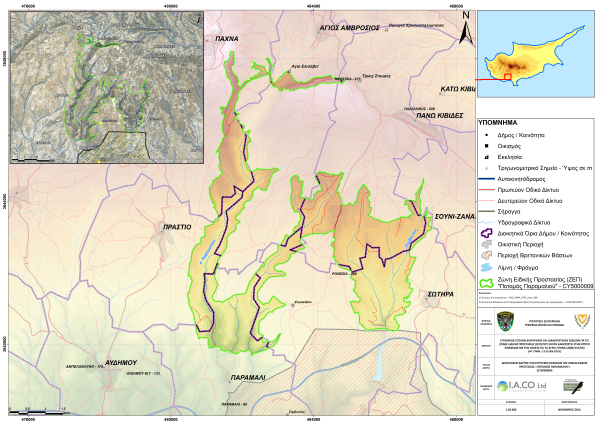Client: Directorate D-Water Chemicals & Biotechnology • DG Environment ● European Commission
Other Partners:: ACTeon (France) in cooperation with: Artesia (UK) – FEEM (Italy) – Fresh Thoughts (Austria) – I.A.CO (Cyprus) – TYPSA (Spain)
The main objectives of the project were to:
- Provide a sound overview of the magnitude of the WS&D problem in Europe, today and by 2030, accounting for global changes such as socio-economic developments and climate change;
- Assess the adequacy of measures (at national, river basin district or local levels) already envisaged by individual Member States (MS) to prevent, manage or mitigate WS&D;
- Identify remaining gaps (i.e. WS&D problems that remain unsolved even with all planned measures already implemented) and suggest possible new measures (or mix of measures) to fully address WS&D in the EU;
- Assess qualitatively the environmental, economic and social impacts of these new measures, along with their feasibility.
The project was developed in two consecutive tasks:
1) Task 1 was the gap analysis itself. Building on the review of current knowledge on a) the magnitude of WS&D in Europe, and b) the policy responses already developed to tackle WS&D, it proposed a dual ex-post assessment of:
- The existing (being implemented and recently approved) measures that address WS&D and that are proposed in the River Basin Management Plans (RBMPs) of individual Member States (MS).
- The implementation of the recommendations of the 2007 EC Communication on WS&D and of policy instruments developed in Europe, as answers to the key issues identified in this Communication
2) Task 2 focused on the identification of new policy responses resulting from the gap analysis and on the qualitative assessment of these policy responses. Though initially foreseen, no specific stakeholder consultation process on WS&D was organised by the Commission, WS&D issues being embedded in the wider stakeholder consultation organized in support of the development of the EU Water Blueprint.
The main conclusions of the study, which were fed into the Blueprint to Safeguard Europe’s Water, were :
- There is a diversity of gaps for addressing fully WS&D in Europe: Conceptual gaps, Information and assessment gaps, and Policy, governance and implementation gaps.
- Policy areas representing alternative policy approaches to WS&D that could be promoted in Europe were identified: establishment of ecological flows, establishment of efficiency targets, promotion of adequate economic incentives for efficient water use, guiding land use to respond to water scarcity, trading water use rights for the environment, strengthening the European Drought Emergency Response Capacity, and development of Drought Management Plans.



